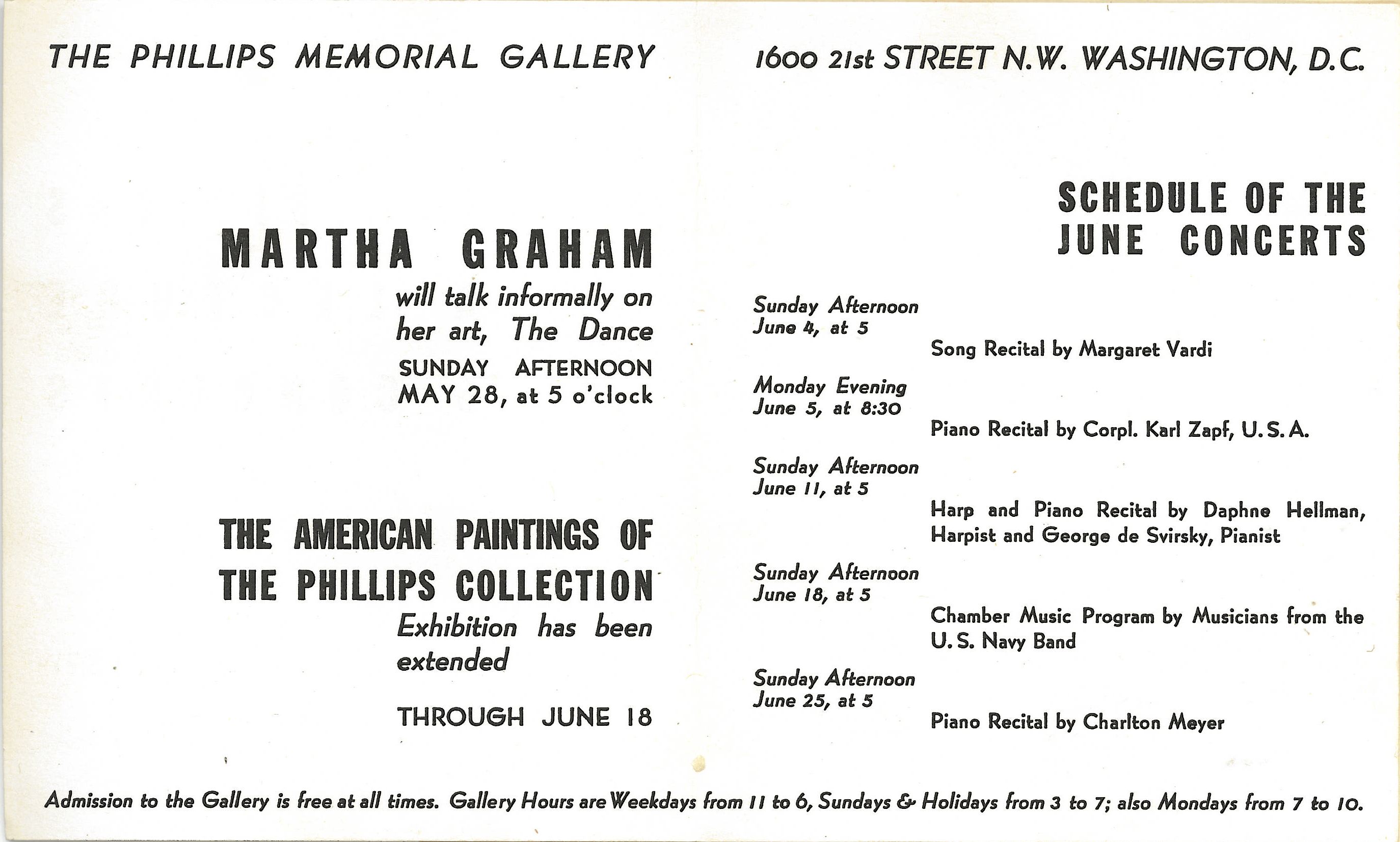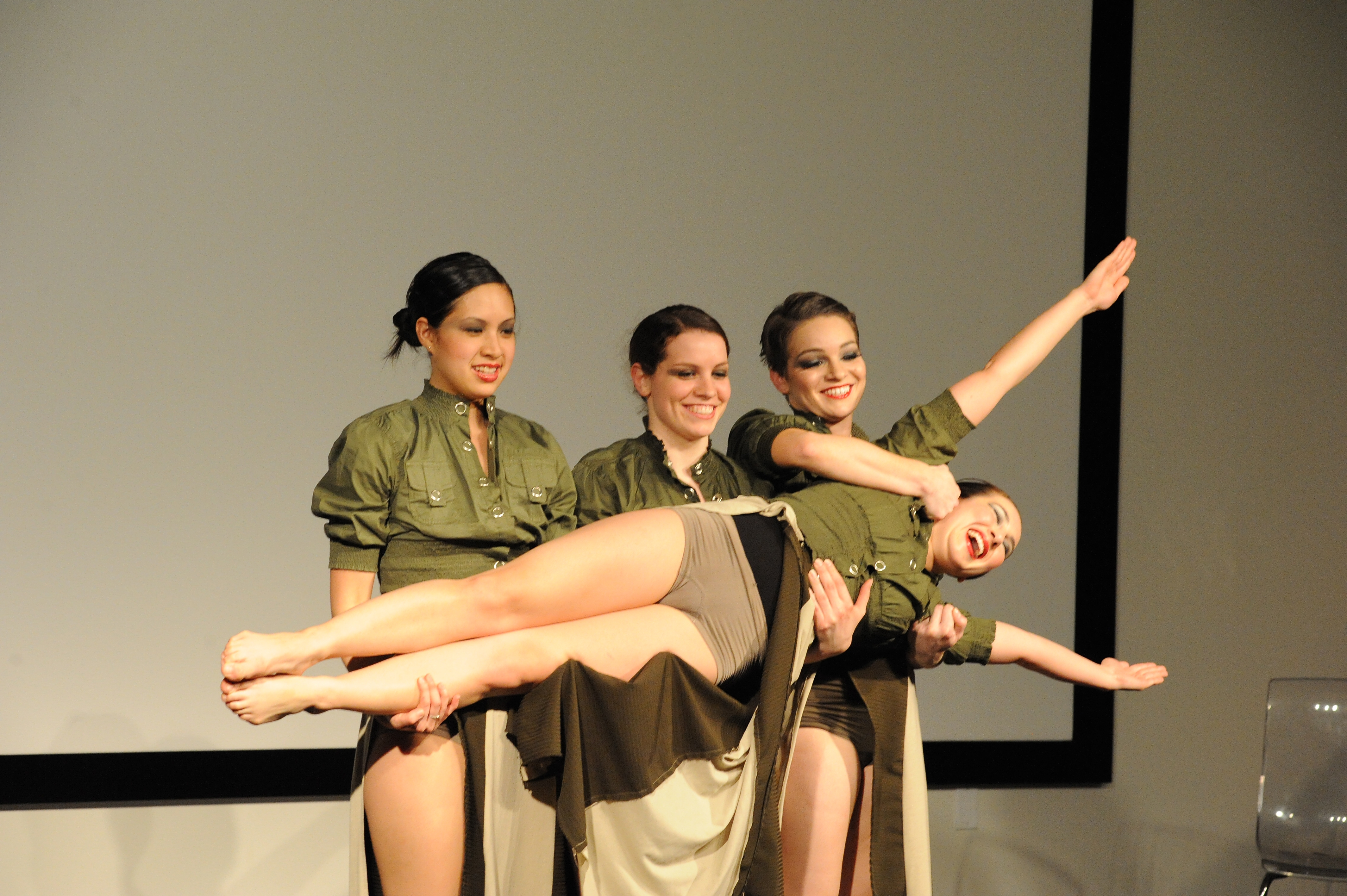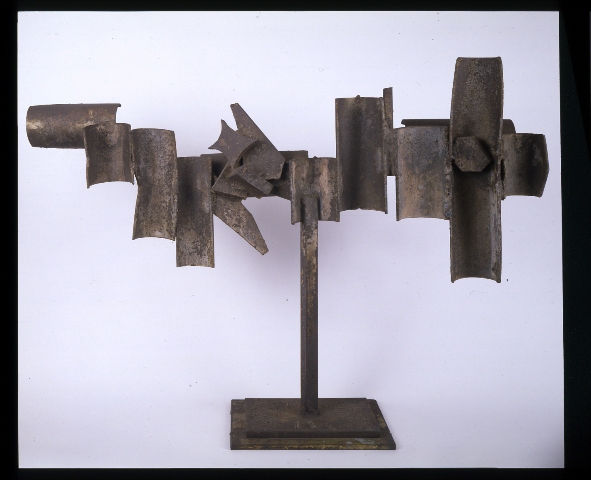A leader in the area of dance and technology, Maida Withers is the founder and artistic director of Dance Construction Company of Washington, D.C., a professor in the department of theatre and dance at The George Washington University, and member of Washington Project for the Arts. This Friday, October 21, Artisphere presents DANCE:FILMS by MAIDA WITHERS, exploring the intersection of dance, film, new media, and performance (click the event link to watch trailers). In anticipation, Withers visited the Degas exhibition and shares her responses to the iconic “painter of dancers” in this guest post.

(left) Maida Withers. Courtesy of the artist. (right) Edgar Degas, Two Studies of a Ballet Dancer, c. 1873. Brush and brown ink, heightened with white, on pink paper, now faded, 16 1/16 x 11 1/16 in.The Pierpont Morgan Library, Bequest of John S. Thacher
Visiting the Degas’s Dancers at the Barre exhibition at The Phillips Collection, you realize the comprehensive, lifetime interest and commitment of Degas to dance, a passion I share as a choreographer, dancer, and filmmaker. In reflection, I had the following thoughts and feelings after visiting the exhibition:
1. Degas images are still the universal icons for dance – ballet and beyond. Live performance can have a strong impression for the viewing audience, but nothing quite parallel to the visual art image that can be viewed and studied over and over again. The closest modern dance has come to an icon, perhaps, is Martha Graham, but there is no singular Graham image comparable in our memory to that of Degas and the ballet.
2. Recognition of our changing views about the “dancer’s body.” Certainly there is more diversity in the look of dancers today partly due to the change in training and the widening range of roles and styles the dancer must be able to perform. Continue reading



